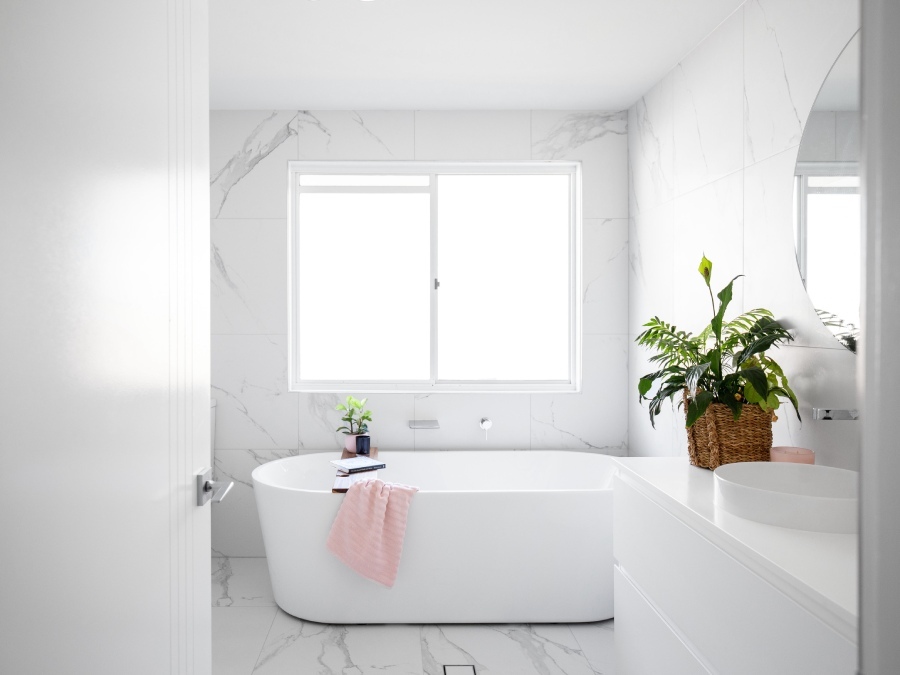Build Your Squad: Working With a Designer
Here we unpack the difference between hiring a bathroom designer, and actually working with your chosen designer to realise your bathroom vision.
When you work well with a designer, not only is the process more fun, but the finished result can surpass all your expectations. We spoke to well-known Australian designer, Kate Walker, who has worked with countless clients to turn their bathroom dreams into reality.
Why work with a designer?
Designers are invaluable when it comes to spatial planning, and getting the right layout for a bathroom is so important. The layout can make the difference as to how a bathroom works – a small bathroom needs to be designed so that it’s really easy to use and appears large, while a large bathroom needs be practical as well as feeling warm and inviting.
Designers can also help you choose materials, fittings and fixtures that best suit your vision, and are the latest in both technology and functionality.
What are the key design elements to consider for the bathroom?
The most important design elements are the hard finishes like tiles or stone, and the joinery. Details are also important, such as storage, ventilation, power point locations, and lighting.
Factor in how a bathroom will be used, as there will be different considerations depending on whether it’s a family bathroom, a guest bathroom or an ensuite. Privacy is important, so you may want a separate toilet or nib walls, and with family bathrooms it’s ideal to have a second toilet if possible.
What’s the best approach to managing the relationship with a designer during a bathroom renovation?
It really is vital to give a clear brief, and to have a detailed scope of works. A clear understanding of your budget helps because renovations can range from $3000 to $50,000 depending on your chosen materials and fittings. Think about locking in a set fee for the project.
What should we do before getting a designer involved? And any tips on choosing the right designer?
Look at a designer’s portfolio to ensure they will be able to understand of the look you are after. Choose a designer who has expertise in a range of different styles, so they don’t lead you to their style instead of following your brief.
Get an understanding of the designer’s fee structure before engagement – steer clear of hourly rates because time can quickly run away from you. Make sure you have a clear understanding how much time it’s going to take to complete your bathroom renovation, and ensure that your designer specifies materials that will be in stock when required. Your designer should also have a sound technical knowledge so they understand the key elements such as plumbing and electrics.
The key is to find a designer who is open and flexible to work with, and who can achieve your vision within with your budget and your timeframe.
Any last tips for working together that will help the bathroom renovation run smoothly and successfully?
The designer you choose needs to get along with all the other trades; you need pretty much the same amount of trades to do a bathroom as you do for a whole house – plaster, painting, joinery, stonemasonry, plumbing, electrical and glazier, to name a few. There are so many trades involved in such a small space, it’s really import that the designer has an understanding of how they all work together to ensure a smooth bathroom renovation.
What does your dream client look like?
Someone who has a clear vision of what they want but trusts in my ability to take their vision to the next level.
